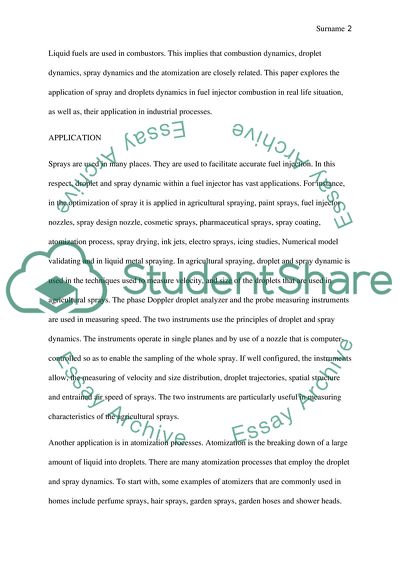Cite this document
(Sprays and Droplets Dynamics in Fuel Injector Combustion Applications Case Study, n.d.)
Sprays and Droplets Dynamics in Fuel Injector Combustion Applications Case Study. Retrieved from https://studentshare.org/engineering-and-construction/1771894-sprays-and-droplets-dynamics-in-fuel-injector-combustion-applications
Sprays and Droplets Dynamics in Fuel Injector Combustion Applications Case Study. Retrieved from https://studentshare.org/engineering-and-construction/1771894-sprays-and-droplets-dynamics-in-fuel-injector-combustion-applications
(Sprays and Droplets Dynamics in Fuel Injector Combustion Applications Case Study)
Sprays and Droplets Dynamics in Fuel Injector Combustion Applications Case Study. https://studentshare.org/engineering-and-construction/1771894-sprays-and-droplets-dynamics-in-fuel-injector-combustion-applications.
Sprays and Droplets Dynamics in Fuel Injector Combustion Applications Case Study. https://studentshare.org/engineering-and-construction/1771894-sprays-and-droplets-dynamics-in-fuel-injector-combustion-applications.
“Sprays and Droplets Dynamics in Fuel Injector Combustion Applications Case Study”, n.d. https://studentshare.org/engineering-and-construction/1771894-sprays-and-droplets-dynamics-in-fuel-injector-combustion-applications.


